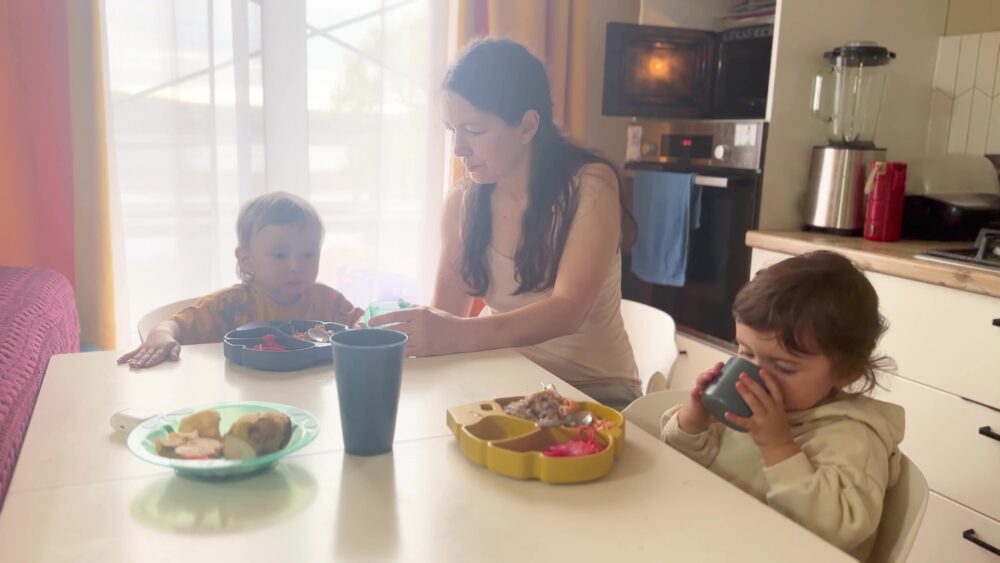Preventing Child Welfare Contact
Building a Program to Meet the Concrete Needs of Michigan Families

Impact Highlight: Michigan Child Services Administration staff referred more than 1,000 families to the Family Impact Team pilot in about 12 months, to help address needs that could be resolved by a concrete resource.
Project Context:
- Many families are reported to child protection hotlines because of poverty and other unmet service needs, rather than intentional child abuse or neglect.
- Economic insecurity is a significant driver and predictor of child welfare involvement; helping families move out of poverty can help protect against child maltreatment.
- The Michigan Department of Health and Human Services (MDHHS) has been steadily reducing the number of youth in foster care. Their analysis revealed that many families in Michigan were presenting to the child welfare system with needs that could be resolved by a concrete resource, like money for groceries or a car seat, that could often be resolved with public benefits or through the support of community partners.
- In response to this finding, MDHHS launched a Family Impact Team (FIT) pilot, which initially embedded 17 family resource specialists (FRS) into Child Services Administration (CSA) units across 13 counties.
- These FIT teams could help address needs that brought families to the notice of the system without removing the children from the home.
- The specialists connected families to all benefits they were eligible for, supported them in accessing community resources, and had access to some funds to buy things the community could not provide, such as beds and mattresses.
How the GPL Supported:
- Helped MDHHS identify ways to improve the implementation of the FIT pilot during its first phase, including by:
- Increasing FIT staff’s awareness of other established local funding sources, community resources, or programs available for child-welfare-involved families.
- Speeding up the time from assessment to referral for support.
- Increasing coordination between the CSA unit and the FIT staff.
- Elevated useful practices from individual counties to wider program recognition, to identify practices that should be integrated into the program model at all sites.
- Supported MDHHS as they prepared to expand the pilot to an additional 12 counties by identifying target activities that needed to happen prior to the launch.
Results:
- 1,000+ referrals from CSA staff to the FIT pilot in about 12 months.
- Expedited support for benefits enrollment, including subsidized childcare.
- Enhanced day-to-day collaboration and coordination between CSA and ESA staff.
The FIT program is the best. When I was working in CPS, I would see the same families come back again and again because they needed food, beds, car seats or clothes. Now I can get them signed up for benefits and find ways to get them the concrete things they needed in the first place.Erika Crenshaw
Michigan Department of Health and Human Services Family Resource Specialist